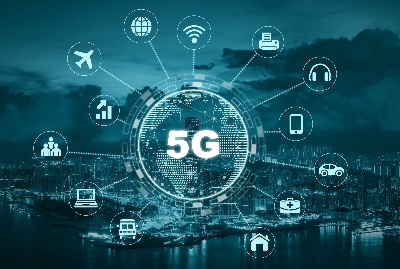
Public-Private Partnerships (PPPs) in the context of 5G technology involve collaborations between government entities and private companies to develop, deploy, and enhance 5G networks and infrastructure.
These partnerships can play a critical role in accelerating the rollout of 5G technology due to the substantial investment required and the need for regulatory support and public involvement.












### Key Aspects of PPPs in 5G Technology
1. **Investment and Funding**:
– **Cost Sharing**: PPPs allow both public and private sectors to share the financial burden associated with developing extensive 5G infrastructure.
– **Access to Capital**: Private companies can leverage public funding, grants, and resources to enhance their investment in 5G projects.
2. **Infrastructure Development**:
– **Building Towers and Networks**: Governments can provide land or rights-of-way access for the construction of 5G towers, and private firms can handle the technical execution.
– **Joint Infrastructure Use**: These partnerships can facilitate shared usage of existing infrastructure (e.g., utilities, roads) for enhanced efficiency.
3. **Regulatory Support**:
– **Streamlined Regulations**: Governments can work with private entities to establish regulations that promote rapid deployment while addressing safety and security concerns.
– **Policy Frameworks**: Collaborating to create favorable policies that encourage investment and innovation in 5G technologies.
4. **Community and Economic Development**:
– **Serving Underserved Areas**: PPPs can focus on expanding 5G access in rural or underserved communities, bridging the digital divide and promoting economic growth.
– **Smart City Initiatives**: Governments can leverage 5G technology in urban infrastructure projects to improve services such as transportation, public safety, and environmental monitoring.
5. **Innovation and Research**:
– **Collaborative R&D**: Partnerships can support research and development initiatives focused on innovative 5G applications, such as IoT, autonomous vehicles, and smart health solutions.
– **Pilot Programs**: Governments can participate in or fund pilot projects to test new technologies and applications in real-world settings.
6. **Risk Mitigation**:
– **Shared Risks**: By forming a partnership, risks associated with technology deployment (such as market fluctuations or regulatory changes) can be distributed between the public and private sectors.
– **Performance Accountability**: Contracts can define performance metrics and accountability measures, ensuring that both parties meet their obligations.
### Examples of PPPs in 5G Deployment
– **Government Funding Initiatives**: Countries like the U.S. have various programs and incentives to support state and local governments in forming PPPs with telecom companies.
– **Smart City Projects**: Cities across the globe are partnering with private companies to implement smart city technologies that rely on 5G, involving traffic management, energy efficiency, and improved public transportation systems.
### Challenges and Considerations
– **Regulatory Complexity**: The regulatory environment can be complex, and the government must ensure that partnerships align with public interests and community needs.
– **Public Perception**: There may be public resistance to certain private sector involvement, particularly regarding personal data security and privacy concerns.
– **Equity in Access**: Ensuring that partnerships do not favor urban areas at the expense of rural or underserved communities is crucial.
In conclusion, Public-Private Partnerships in 5G technology offer a promising avenue for advancing telecommunications infrastructure, fostering innovation, and enhancing public services. Careful planning and execution are required to ensure these collaborations are equitable and effective.


Leave a Reply